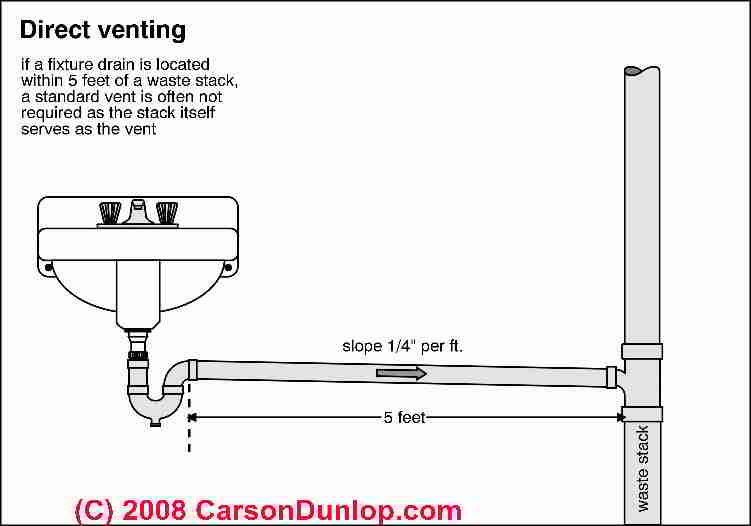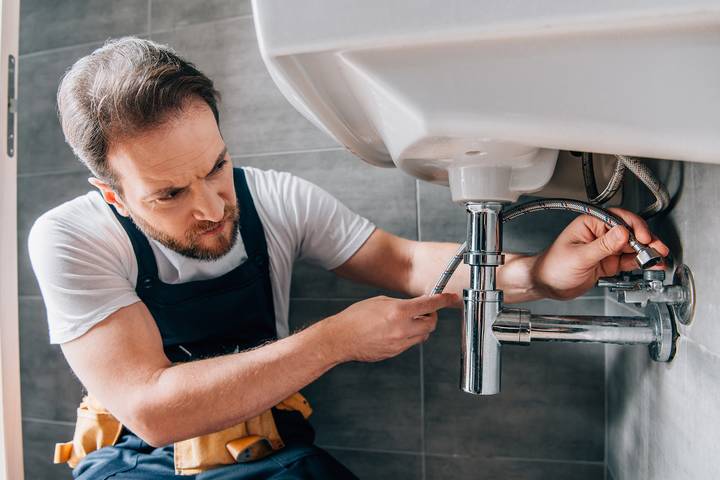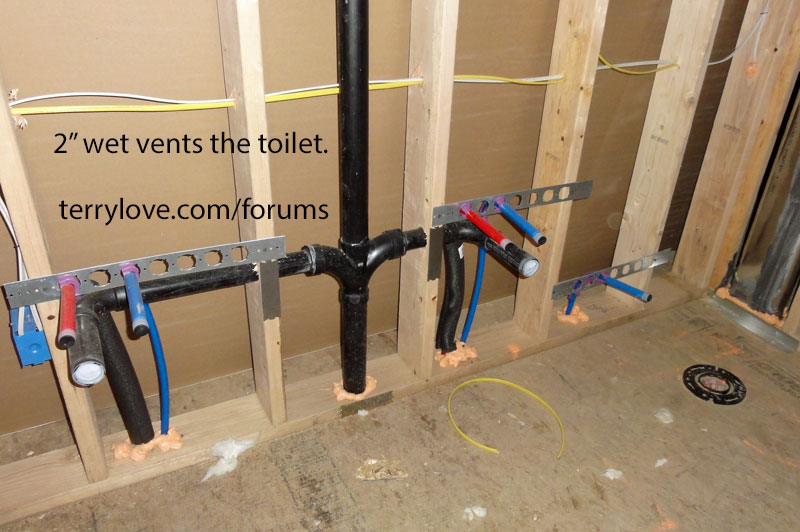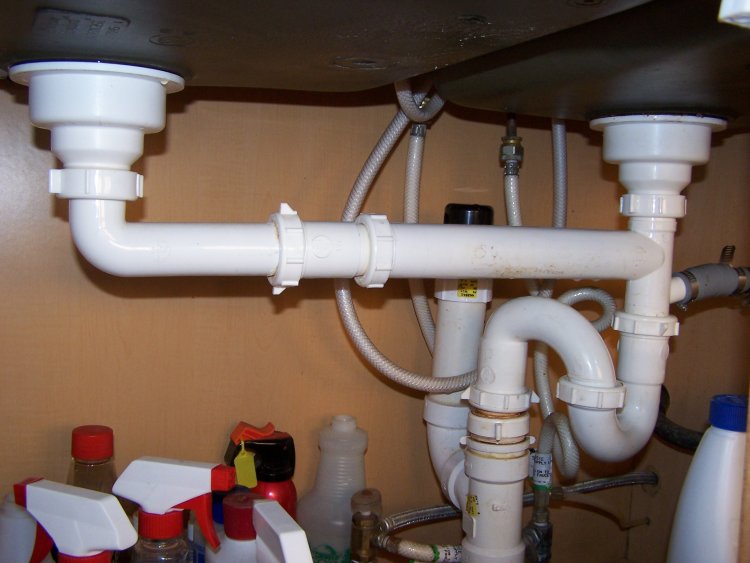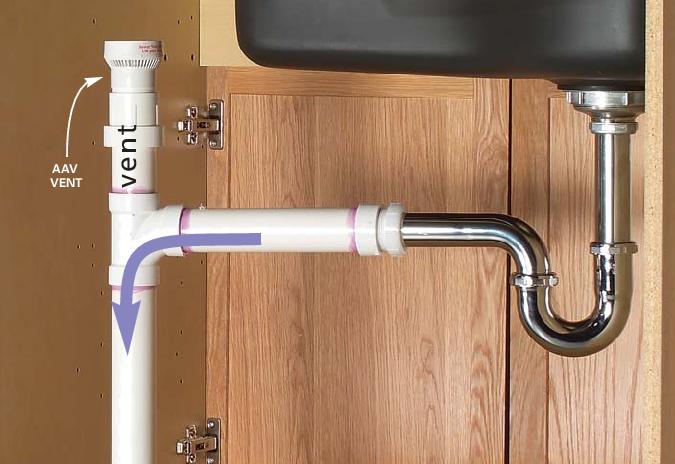Bathroom Sink Venting Code Requirements
When it comes to installing or renovating a bathroom, there are many building codes and regulations that must be followed. One important requirement to keep in mind is the code for bathroom sink venting. This code is in place to ensure the proper and safe functioning of your bathroom plumbing system.
The specific code requirements for bathroom sink venting can vary depending on your location, so it's important to check with your local building department for the exact regulations in your area. However, there are some general guidelines that can help you understand the basics of bathroom sink venting and what is required for a compliant system.
Key takeaway: When planning a bathroom renovation or installation, be sure to research the specific code requirements for bathroom sink venting in your area.
Bathroom Sink Venting: What You Need to Know
If you're not familiar with plumbing and ventilation systems, the concept of sink venting may seem a bit confusing. In simple terms, venting is a crucial component of any plumbing system that helps to regulate air pressure and prevent harmful gases from building up in your pipes and fixtures.
In the case of a bathroom sink, a proper venting system allows air to flow in and out of the drain pipes, ensuring that water can flow freely and without creating a vacuum. This is important to prevent unpleasant odors, clogs, and even potential health hazards from occurring in your bathroom.
Key takeaway: Bathroom sink venting is a key element in maintaining a healthy and functional plumbing system in your home.
Bathroom Sink Venting: Why It's Important
As mentioned, proper sink venting is crucial for the overall health and safety of your bathroom plumbing. Without it, you may experience slow or clogged drains, foul odors, and even the release of harmful gases like methane into your living space.
Additionally, without proper venting, your bathroom sink may not drain properly, leading to overflowing, leaks, and other potential water damage. This can be costly and inconvenient to fix, making it all the more important to ensure proper venting from the start.
Key takeaway: Proper bathroom sink venting is essential for preventing plumbing issues and maintaining a safe and healthy environment in your home.
Bathroom Sink Venting: Common Problems and Solutions
Like any aspect of your home, bathroom sink venting can encounter issues from time to time. Some of the most common problems include clogs, leaks, and improper installation or lack of proper venting altogether.
If you encounter any of these issues, it's important to address them promptly to prevent further damage and ensure the proper functioning of your bathroom plumbing. In many cases, a simple DIY fix may be all that's needed, but for more complex issues, it's best to hire a professional plumber to properly diagnose and resolve the problem.
Key takeaway: Regular maintenance and prompt addressing of any issues can prevent common problems with bathroom sink venting.
Bathroom Sink Venting: How to Install a Vent
If you're installing a new bathroom sink or renovating an existing one, it's important to have a proper venting system in place. While this may seem like a daunting task, it can actually be quite simple with the right tools and instructions.
The most common method of venting a bathroom sink is through the roof, using a pipe that extends above the roofline. This allows for proper air flow and prevents any potential for harmful gases to accumulate in your home. However, there are also options for venting through an exterior wall if necessary.
If you're not confident in your plumbing skills, it's always best to hire a professional to ensure the vent is installed correctly and up to code.
Key takeaway: Properly installing a vent for your bathroom sink is important for the health and functionality of your plumbing system.
Bathroom Sink Venting: Tips and Tricks
When it comes to bathroom sink venting, there are a few tips and tricks that can help ensure proper functioning and prevent potential issues. These include:
Bathroom Sink Venting: DIY vs Hiring a Professional
As mentioned, installing a bathroom sink vent can be a DIY project for those with some plumbing experience. However, for those without the necessary skills or knowledge, it's best to hire a professional to ensure the job is done correctly and up to code.
While hiring a professional may come at a higher cost, it's worth it for the peace of mind and potential savings in the long run. Fixing a poorly installed vent can be costly and time-consuming, making it best to get it right the first time.
Key takeaway: When in doubt, it's best to hire a professional for proper and compliant bathroom sink venting installation.
Bathroom Sink Venting: Cost and Time Considerations
The cost and time considerations for bathroom sink venting will vary depending on several factors, including the complexity of the installation, the location, and whether you choose to hire a professional or DIY.
In general, the cost for materials and installation can range from $200 to $500, while the time to complete the project can take anywhere from a few hours to a full day, depending on the specifics of your situation.
It's important to budget for these costs and plan accordingly when undertaking a bathroom renovation or installation.
Key takeaway: Be sure to budget for the cost and time considerations of bathroom sink venting when planning a bathroom renovation or installation project.
Bathroom Sink Venting: Troubleshooting Guide
If you encounter any issues with your bathroom sink venting, it's important to troubleshoot the problem promptly to prevent further damage and maintain the health of your plumbing system. Here are some common issues and potential solutions:
Bathroom Sink Venting: Frequently Asked Questions
Here are a few common questions and answers about bathroom sink venting:
The Importance of Proper Ventilation in Your Bathroom

The Role of Vents in Bathroom Design
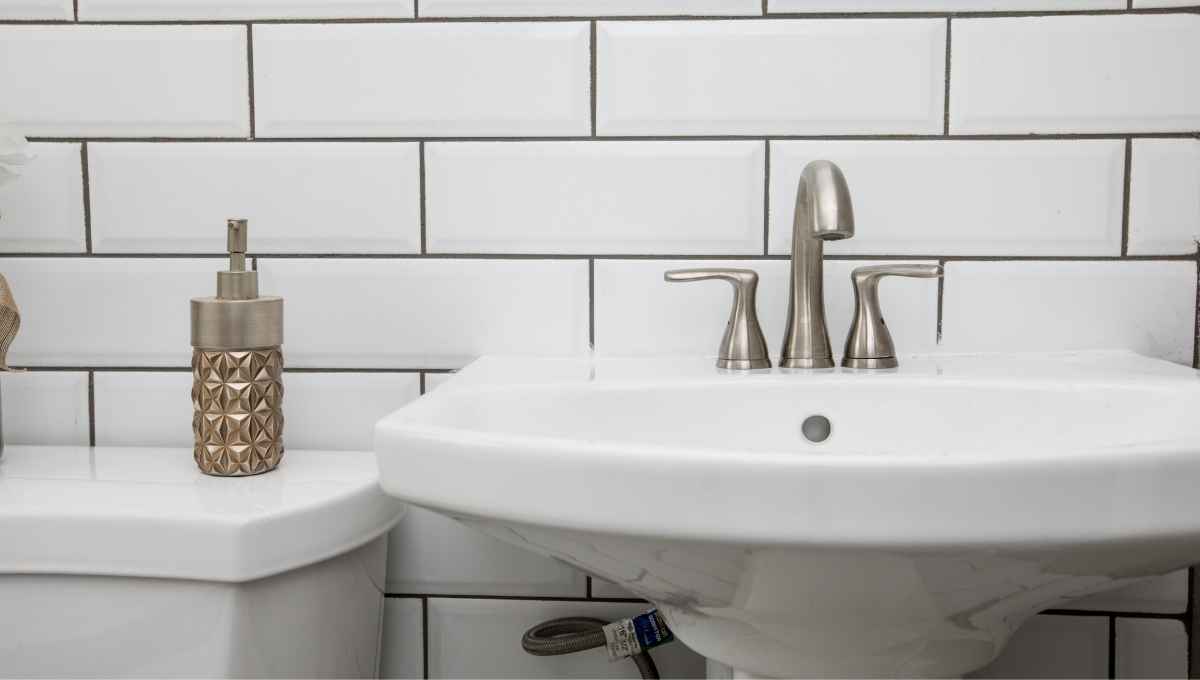 When it comes to designing a bathroom, one of the most important factors to consider is proper ventilation. Vents play a crucial role in keeping your bathroom clean, safe, and comfortable to use. They are responsible for removing excess moisture, odors, and potentially harmful gases from the bathroom, promoting good air circulation and preventing the growth of mold and mildew. But do you really need a vent for your bathroom sink specifically? The answer is yes, and here's why.
When it comes to designing a bathroom, one of the most important factors to consider is proper ventilation. Vents play a crucial role in keeping your bathroom clean, safe, and comfortable to use. They are responsible for removing excess moisture, odors, and potentially harmful gases from the bathroom, promoting good air circulation and preventing the growth of mold and mildew. But do you really need a vent for your bathroom sink specifically? The answer is yes, and here's why.
The Purpose of a Bathroom Sink Vent
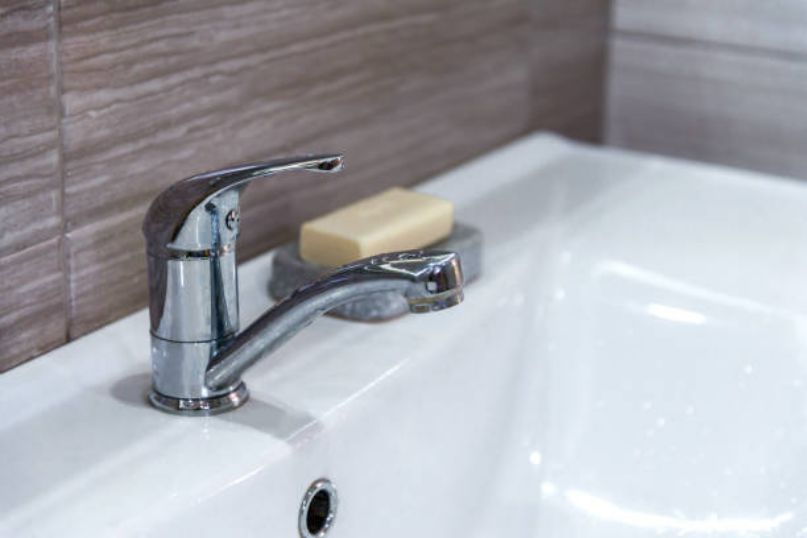 A bathroom sink vent, also known as a drain vent or a plumbing vent, is a pipe that connects to the drain pipe of your sink and extends through the roof of your house. Its main purpose is to allow air to flow through the drainage system, preventing suction and maintaining equal air pressure. Without a vent, draining water from your sink can create a vacuum, which can slow down the flow of water, cause gurgling noises, and even lead to clogs in your pipes. In addition, a sink vent also helps to eliminate any unpleasant odors that may arise from your drain, keeping your bathroom smelling fresh and clean.
A bathroom sink vent, also known as a drain vent or a plumbing vent, is a pipe that connects to the drain pipe of your sink and extends through the roof of your house. Its main purpose is to allow air to flow through the drainage system, preventing suction and maintaining equal air pressure. Without a vent, draining water from your sink can create a vacuum, which can slow down the flow of water, cause gurgling noises, and even lead to clogs in your pipes. In addition, a sink vent also helps to eliminate any unpleasant odors that may arise from your drain, keeping your bathroom smelling fresh and clean.
The Consequences of Not Having a Bathroom Sink Vent
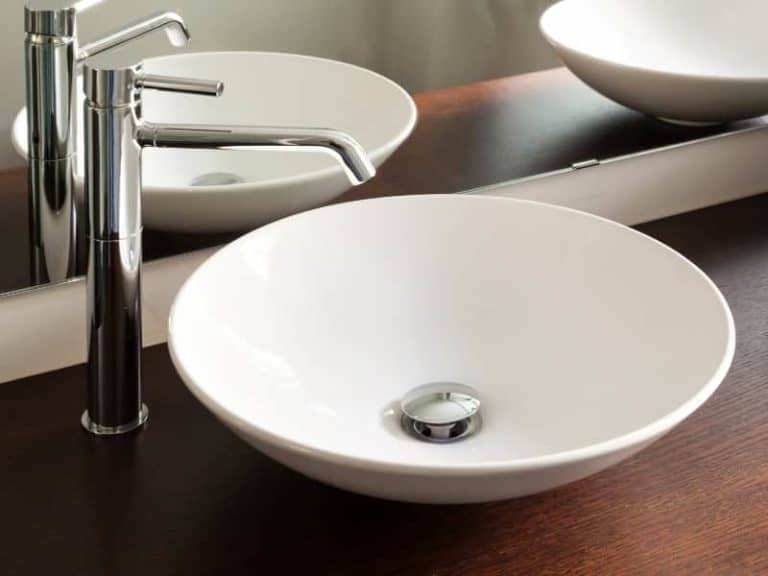 If your bathroom sink doesn't have a vent, you may experience several issues that could affect the overall functionality and hygiene of your bathroom. One of the most common problems is slow draining, which can be frustrating and time-consuming. Without proper ventilation, water may not be able to flow freely through your pipes, leading to backups and potential clogs. This can also cause unpleasant smells to linger in your bathroom, making it an uncomfortable and uninviting space. Moreover, without a vent to release excess moisture, your bathroom may become a breeding ground for mold and mildew, which can pose health hazards to you and your family.
If your bathroom sink doesn't have a vent, you may experience several issues that could affect the overall functionality and hygiene of your bathroom. One of the most common problems is slow draining, which can be frustrating and time-consuming. Without proper ventilation, water may not be able to flow freely through your pipes, leading to backups and potential clogs. This can also cause unpleasant smells to linger in your bathroom, making it an uncomfortable and uninviting space. Moreover, without a vent to release excess moisture, your bathroom may become a breeding ground for mold and mildew, which can pose health hazards to you and your family.
The Different Types of Bathroom Sink Vents
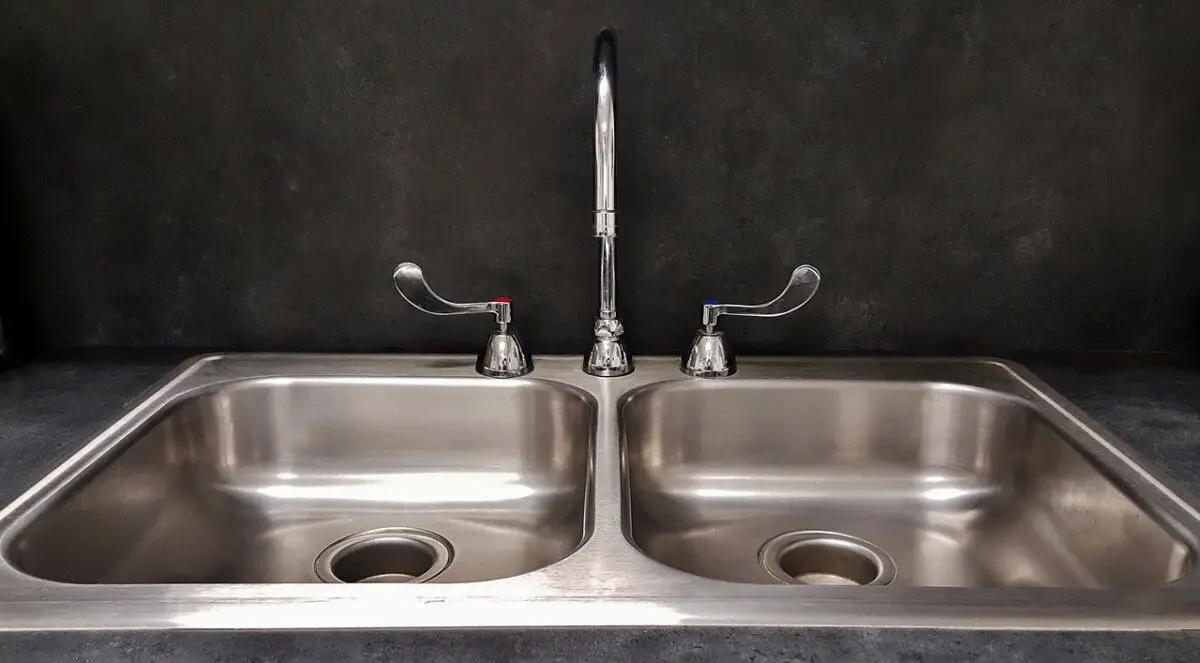 There are several types of bathroom sink vents, and the best one for your bathroom will depend on the layout and design of your plumbing system. The most common types include air admittance valves, stack vents, and island vents. It's important to consult a professional plumber to determine the most suitable vent for your specific needs.
There are several types of bathroom sink vents, and the best one for your bathroom will depend on the layout and design of your plumbing system. The most common types include air admittance valves, stack vents, and island vents. It's important to consult a professional plumber to determine the most suitable vent for your specific needs.
Conclusion
 In conclusion, proper ventilation is essential for a well-designed bathroom. A bathroom sink vent is a crucial component in promoting good air circulation, preventing clogs and odors, and maintaining a clean and healthy environment. Investing in a proper vent for your bathroom sink will not only improve its functionality but also contribute to the overall aesthetics and value of your home. So, if you're wondering if your bathroom sink needs a vent, the answer is a definite yes.
In conclusion, proper ventilation is essential for a well-designed bathroom. A bathroom sink vent is a crucial component in promoting good air circulation, preventing clogs and odors, and maintaining a clean and healthy environment. Investing in a proper vent for your bathroom sink will not only improve its functionality but also contribute to the overall aesthetics and value of your home. So, if you're wondering if your bathroom sink needs a vent, the answer is a definite yes.
:max_bytes(150000):strip_icc()/venting-sink-diagram-f8f9759a-1047c08369d24101b00c8340ba048950.jpg)









